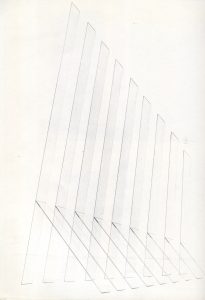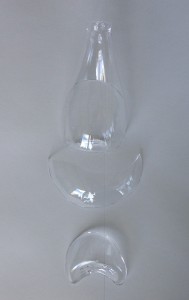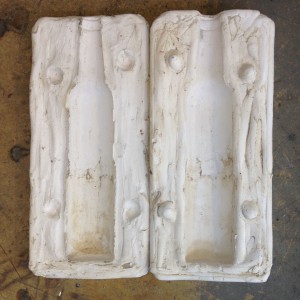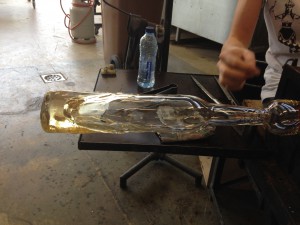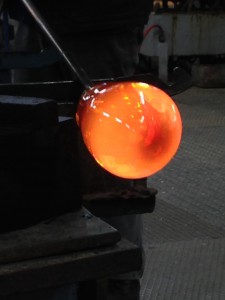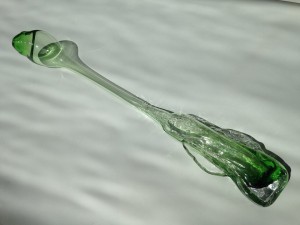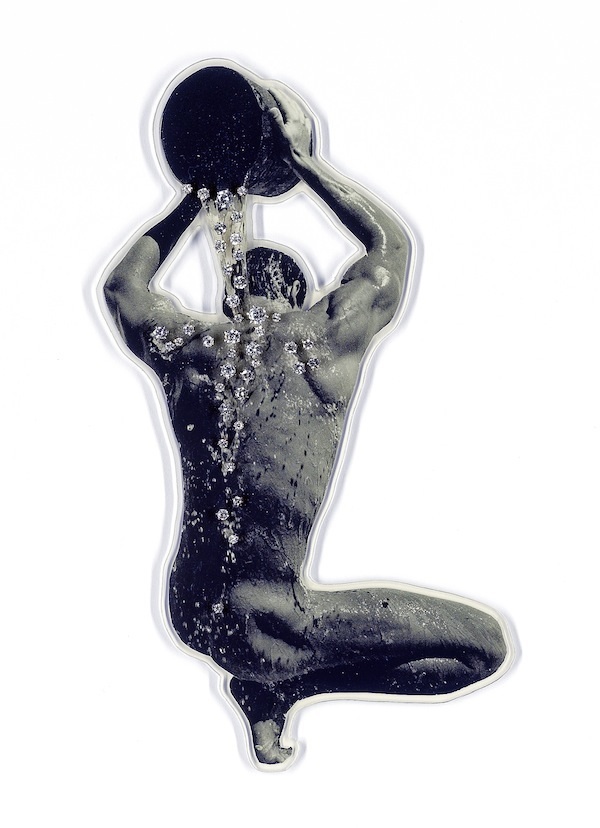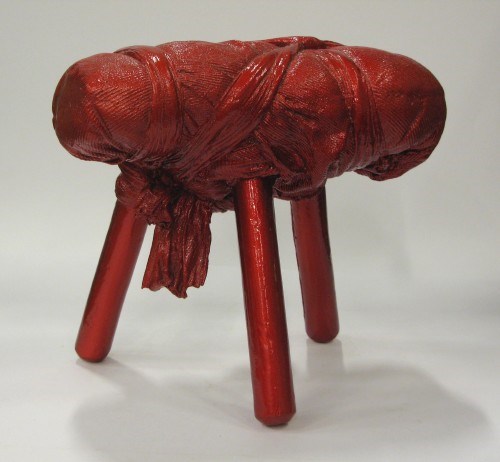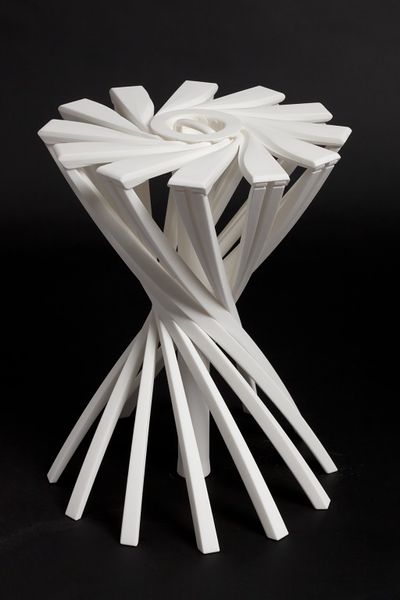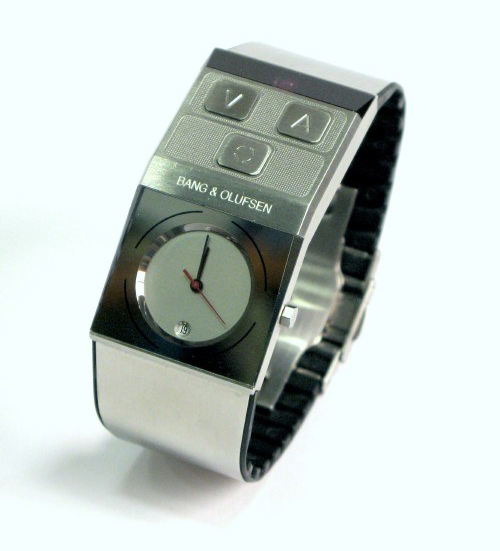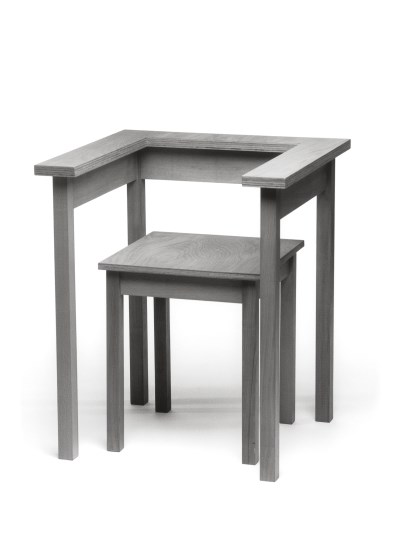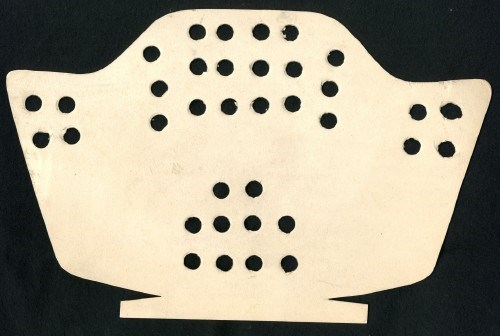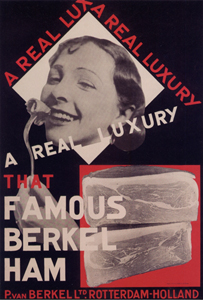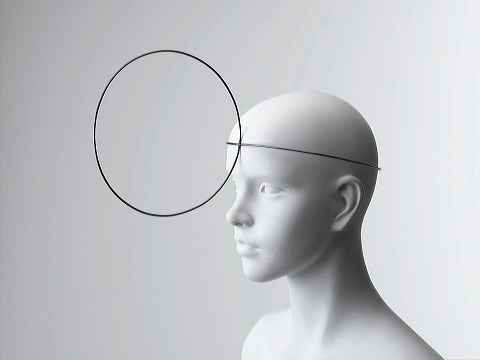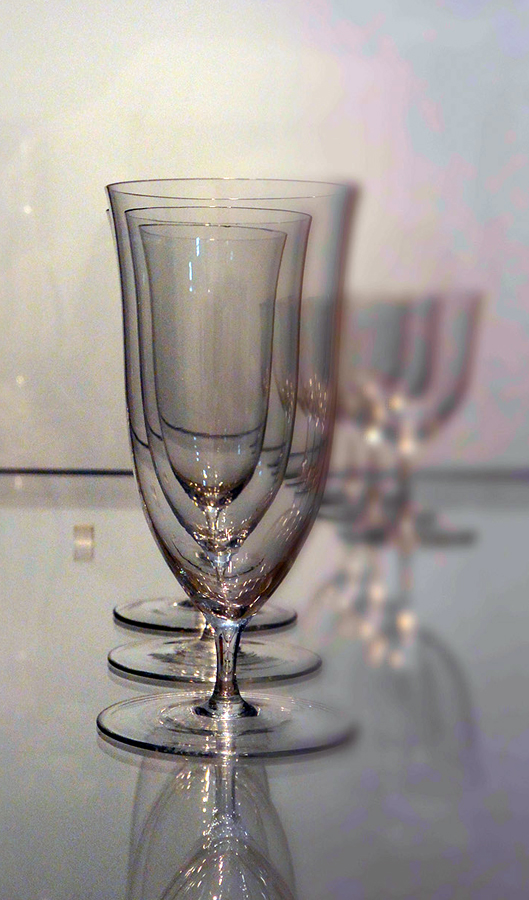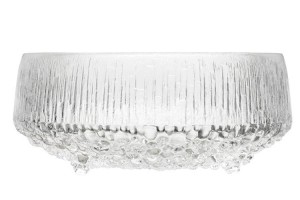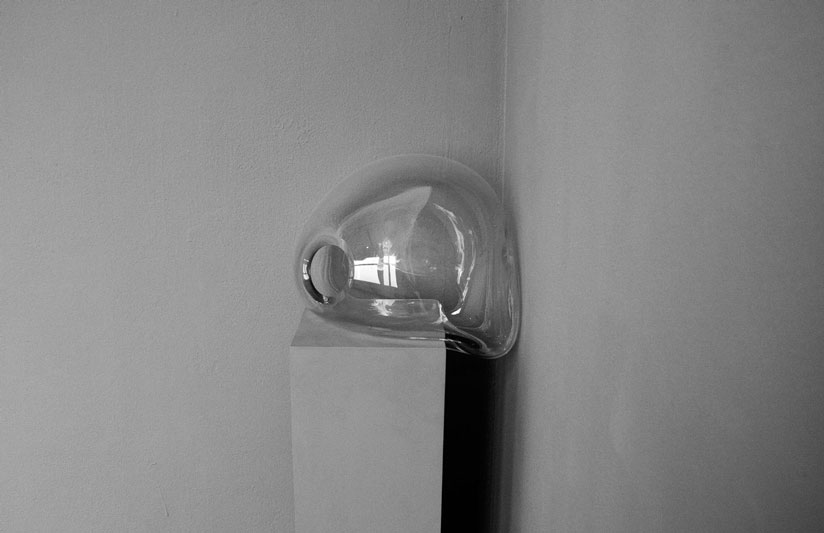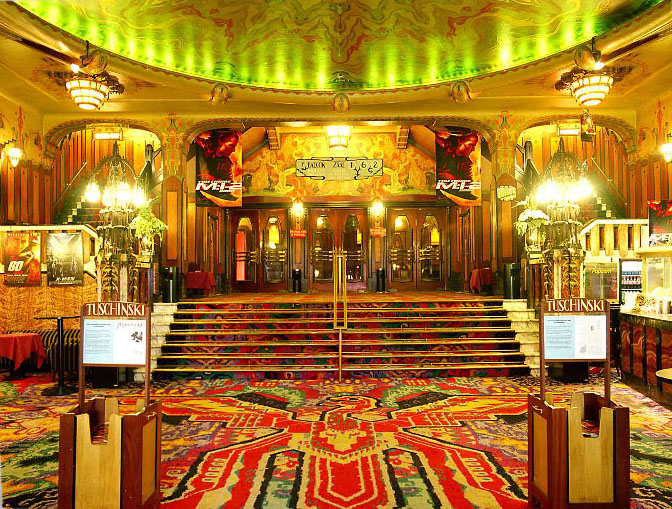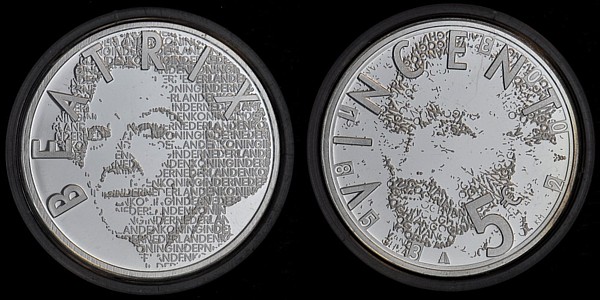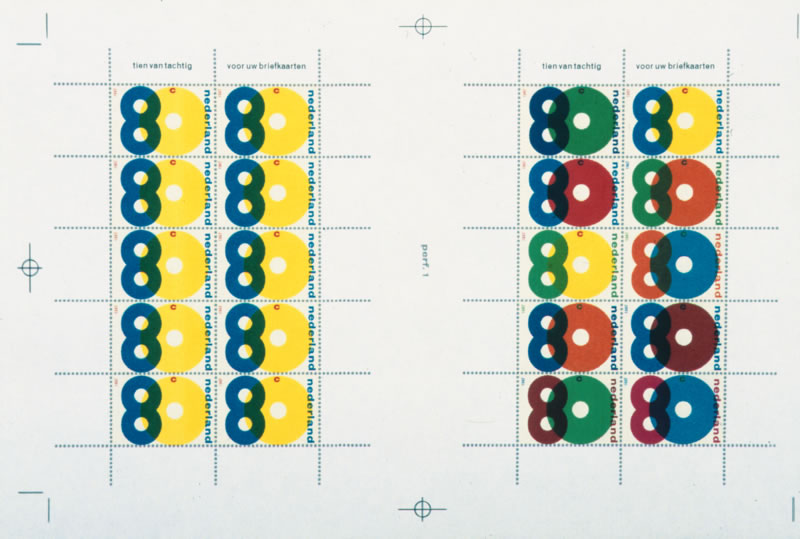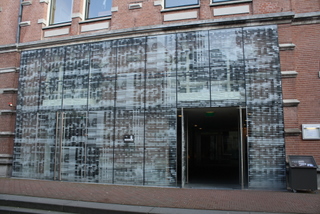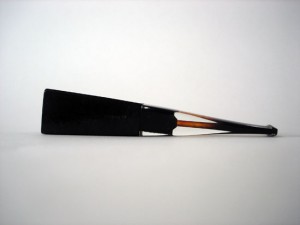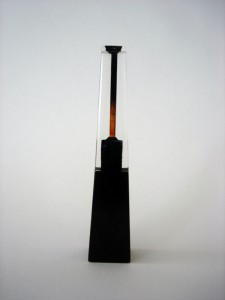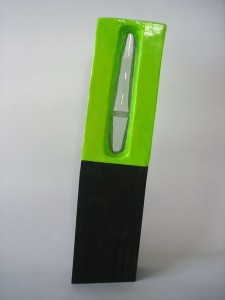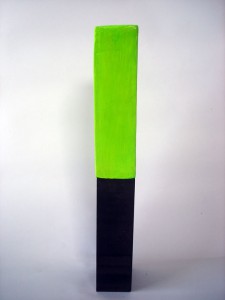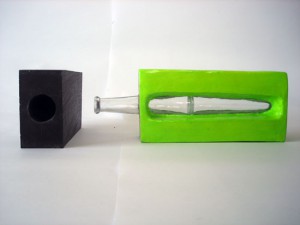At the moment you are exhibiting in the Stedelijk Museum in Amsterdam with your installation Phenomeneon. Now I am really excited being here in your studio in Amsterdam to talk about your projects and you as an artist.
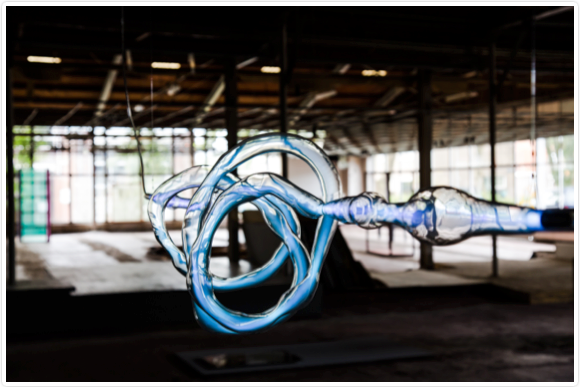
There is surprisingly much space in here. In what kind of room are we?
It is an old factory building. We actually just moved into this studio a few weeks ago. So we are still in progress about rearranging the space, like removing the ceiling and creating small office rooms. There are not a lot of my works here yet but I can show you around…
The Phenomeneon project gets a lot of admiration with its mesmerizing appearance. I am really interested in the production process and the applied techniques. Could you tell me more about it?
Yes, sure. Not everyone realizes that light in this case is gas. People think it is a really new technique, but it is actually an old one. I do like light a lot. It is a very beautiful material to work with and I discovered many different effects. People are getting so much information nowadays it is hard to get their attention. But in this case I think it is a perfect combination of technique and mystery.

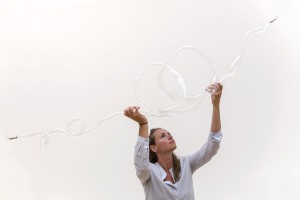
When you mention the mystery it makes me think about the moment when walking closer to the installation and realizing that the neon light moves through the organically shaped glass. The light runs through it and you start to follow its way.
Exactly! That makes it feel alive.
Are the organic shapes made to play with the intensity of the light?
The intensity of the light is defined by the width and length of the glass. In the end it is just playing. Its like a three dimensional painting. Like when you have a brush and you choose the pressure of your brushstroke.
I can really see how playful you shaped the glass. Are there any other factors affecting the form?
Yes. The installation consists of seven separate parts. It was difficult to do because they are all handmade and quite big. The biggest one is almost six meters.


You cannot see where they are connected which gives the impression of one very long piece and makes me question the process.
It starts sometimes with a simple observation. I was questioning why neon light is always a straight tube. Most people saw the shape as a limitation, for me it is more a possibility. With the understanding of the technique I could have come up with so many ideas about the design. One reason for the process and especially the shapes of this project is that I am a person that is always interested in setting things free.
How is that combinable with your background as a product designer? I can imagine in this area the focus is more on creating something specific.
Yes. It is mostly about creating something perfect. I basically didn’t believe in that concept. That is why I turn nowadays much more to art. I try to stretch the borders within the functionality. But now I am also more free about creating something that has nothing to do with functionality even if I started from this ‘other world’.
Do you have an idea of an aesthetic that deeply touches you — an idea of personal beauty in ‘your world’?
Yes and that’s only for myself. I have no idea what the public thinks. I am not commercial in that sense. I don’t do works someone else wants. I think it is a power within the simplicity. Like this table over there. Its so simple but at the same time it is fragile and the surface a bit wobbly. You are wondering if it collapses or not. So it is also about the balance. I am looking for this tension. I like to use things that already exist in my environment and I take them out of their context. If I work with big companies then often lots of things are possible. All the equipment is available. It happens fast that things are getting too complex. Then it looses its quality. I am striving for purity and simplicity.
Do you think mass-produced objects have less individual quality?
Oh, I don’t think there is such thing in mass-production. Every object is exactly the same. The best design is multiplied: ‘the Golden Mean'[x]. I don’t want to judge mass production because its designed for optimal purpose. But if you study nature, then everything is unique. You can not find one olive tree that is the same. Not one animal or human. We are all different. Thats why I create production lines that produces unique objects. It would be great if people would spend a tiny little moment to witness these individual unique differences. It is hard to make people feel something or even make them wonder.
When I was studying I really admired a lot of designers or artists for their capability and their way of looking at things. I also really understood that it was not my way. But when you are young you are not really sure about your way. That is sometimes a bit confusing. So you have to find your own strength, your true fascination. And after some time by simply doing you feel more and more secure and comfortable in choosing what you want to do. At the end it is about experience I would say.
I read an article where you said you take already existing working processes and change them to give materials space to let them expand in their natural way. What is your fundamental inspiration concerning your working process?
If I compare my own mind to nature I am a bit disappointed. Because whatever nature is doing in terms of gravity or elasticity or any other effects basically — I could have never come up with this. The result is so much better than everything I could have ever designed. So I just started going into the direction of letting things happen. But of course in a quite distinguished research. I have to do it over and over again until I understand why and what happens when. And then I pick out something to focus on.
Do you have plans for further projects based on the idea of Phenomeneon?
Yes, for sure because now we developed the techniques and finally we can start to play. Basically I am looking forward to the opportunities in the future. To be able making more things happen within the world of Phenomeneon. If you discovered something you are really fascinated about, I think it is important that you spend some time in making more pieces because mostly they get better and better.
Check out Pieke Bergmans official website for more information.
